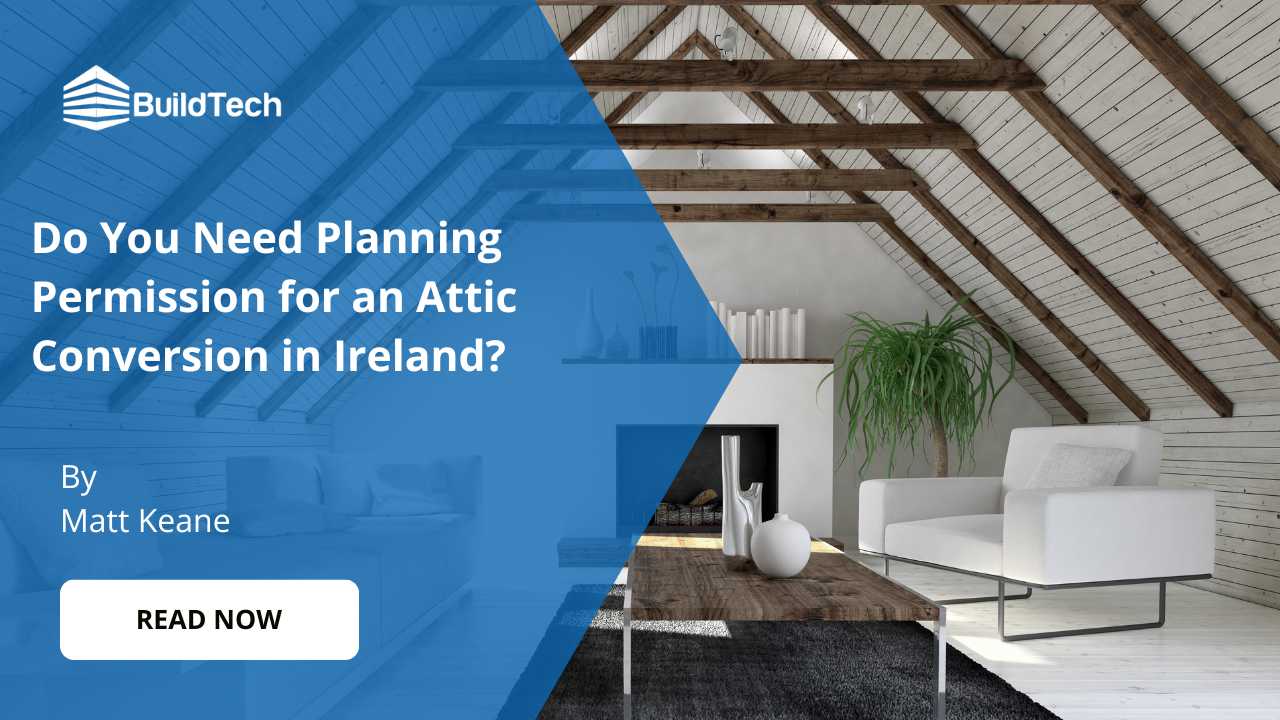Insulating solid brick walls is necessary, particularly in Ireland, with its cool climate. This blog post will explore ‘how to insulate solid brick walls’ in detail.
What You Need to Know About Solid Brick Walls
Understanding Solid Brick Walls
Before delving into the ‘how to insulate solid brick walls’ matter, let’s grasp the concept of concrete brick walls. They were a popular construction choice in the early 1900s, loved for their strength and durability. However, they are ineffective at retaining heat, leading to energy inefficiency.
The Importance of Insulating Solid Brick Walls
Insulating these walls can reduce energy bills, increase your home’s comfort, and make your property more environmentally friendly. Insulation acts as a barrier, slowing heat transfer and maintaining a balanced temperature inside the house.
How to Insulate Solid Brick Walls: A Step-by-Step Guide
Assess Your Wall
First, you need to assess the condition of your brick walls. You should look for dampness, cracks, or other signs of damage. It is crucial to repair these before starting the insulation process.
Choose the Right Insulation
Next, decide on the type of insulation best suited to your property. You can choose between internal and external wall insulation. Each has its benefits and drawbacks, which we’ll discuss in the following sections.
Install Insulation
After you’ve chosen your insulation type, the installation process begins. This step usually involves professionals with the expertise to do the job effectively.
Types of Insulation
Internal Wall Insulation
Internal wall insulation is applied to the interior side of the brick walls. It’s less expensive than external insulation but slightly reduces the internal floor space. It’s also less disruptive as it doesn’t affect the building’s exterior.
External Wall Insulation
External wall insulation involves adding a layer of insulation to the outside of your house. It is more expensive, offers significant energy savings, and doesn’t reduce interior space. It can also improve your home’s exterior appearance.
Choosing the Right Insulation for Your Home
Choosing the proper insulation for your home is one of the most critical decisions you’ll make in this journey towards an energy-efficient, comfortable living space. It requires careful consideration of several vital factors.
The Specifics of Your Property
The age of the property, its location, the local climate, and the condition of the walls, among other factors, all contribute to the decision-making process. Every home is unique, and so are its insulation needs. A house with solid brick walls might require a different approach than a timber-frame house.
Cost-effectiveness
Cost is a significant factor in deciding on the proper insulation. The upfront cost of insulation can vary greatly depending on the type chosen. For instance, while external wall insulation may initially be more expensive than its internal counterpart, it may offer higher energy savings in the long run, offsetting the initial investment.
Ease and Disruption
The level of disruption is another aspect to consider. Internal wall insulation, for instance, may require you to temporarily relocate furniture and fittings, causing a certain level of inconvenience. On the other hand, external wall insulation may impact your property’s exterior aesthetics, although it can often be complete with minimal disruption to your daily life.
Professional Advice
Given the complexities involved, professional advice is highly recommended when choosing the proper insulation. As a leading construction company in Ireland, BuildTech offers expert consultation and guidance to help you make the best decision. We can assess your property, listen to your needs, and suggest the most suitable insulation type.
Regulations and Compliance
Lastly, ensuring any insulation work meets the relevant building regulations is essential. These regulations are in place to ensure safety, health, and sustainability standards. BuildTech can ensure your insulation project complies with all the necessary measures and regulations.
The Process of Internal Wall Insulation
Preparation
To begin with, you should remove wall fittings like radiators, sockets, or switches. The wall surface must be clean and free from loose paint or wallpaper.
Insulation Installation
Rigid insulation boards are usually fixed to the wall using adhesive. The joints should be taped to ensure a seamless insulation layer.
Plasterboard and Finishing
Over the insulation, a layer of plasterboard is attached, which can then be painted or wallpapered as per your preference.
The Process of External Wall Insulation
Wall Assessment
Like internal insulation, any issues with the wall need to be addressed before proceeding.
Insulation Application
Insulation material is fixed to the exterior walls using mechanical and adhesive fixing methods.
Protective Layers
A base coat and a reinforcement layer are applied over the insulation, followed by a finish in your choice of colours and textures.
Potential Issues and Their Solutions
Damp Problems
If your brick walls have existing damp issues, these need to be sorted before adding insulation. Ignoring dampness can lead to the breakdown of insulation materials and structural problems in the long term.
Thermal Bridging
Thermal bridging occurs when heat bypasses the insulation through a more conductive material, leading to heat loss. Good design and careful installation can prevent this issue.
The Role of BuildTech in Insulating Solid Brick Walls
Expert Consultation
At BuildTech, we offer expert advice based on your unique needs and property specifications. We can help you decide the best insulation method and guide you.
Quality Service
Our team of professionals ensures top-quality insulation installation. We handle every detail, from preparing your walls to adding the finishing touches post-insulation.
Aftercare and Support
We are still available for any aftercare or support you may need post-installation. We aim to provide a service that leaves you with a warm and energy-efficient home.
Professional Help for Insulating Solid Brick Walls
While you can attempt to insulate your solid brick walls, hiring a professional like BuildTech is advisable. We have the knowledge, experience, and equipment to ensure your insulation is installed correctly and safely.
Why Choose BuildTech?
At BuildTech, we understand Ireland’s unique challenges of insulating solid brick walls. Our skilled professionals can guide you through the process, ensuring you get the most effective solution for your home.
Let's Take A Call-to-Action
Understanding ‘how to insulate solid brick walls’ is the first step to a warmer and more energy-efficient home. BuildTech is here to help. We guarantee top-quality services to insulate your home. Ready to insulate your solid brick walls and enjoy a cosy, energy-efficient home? Contact BuildTech today to get started!


















